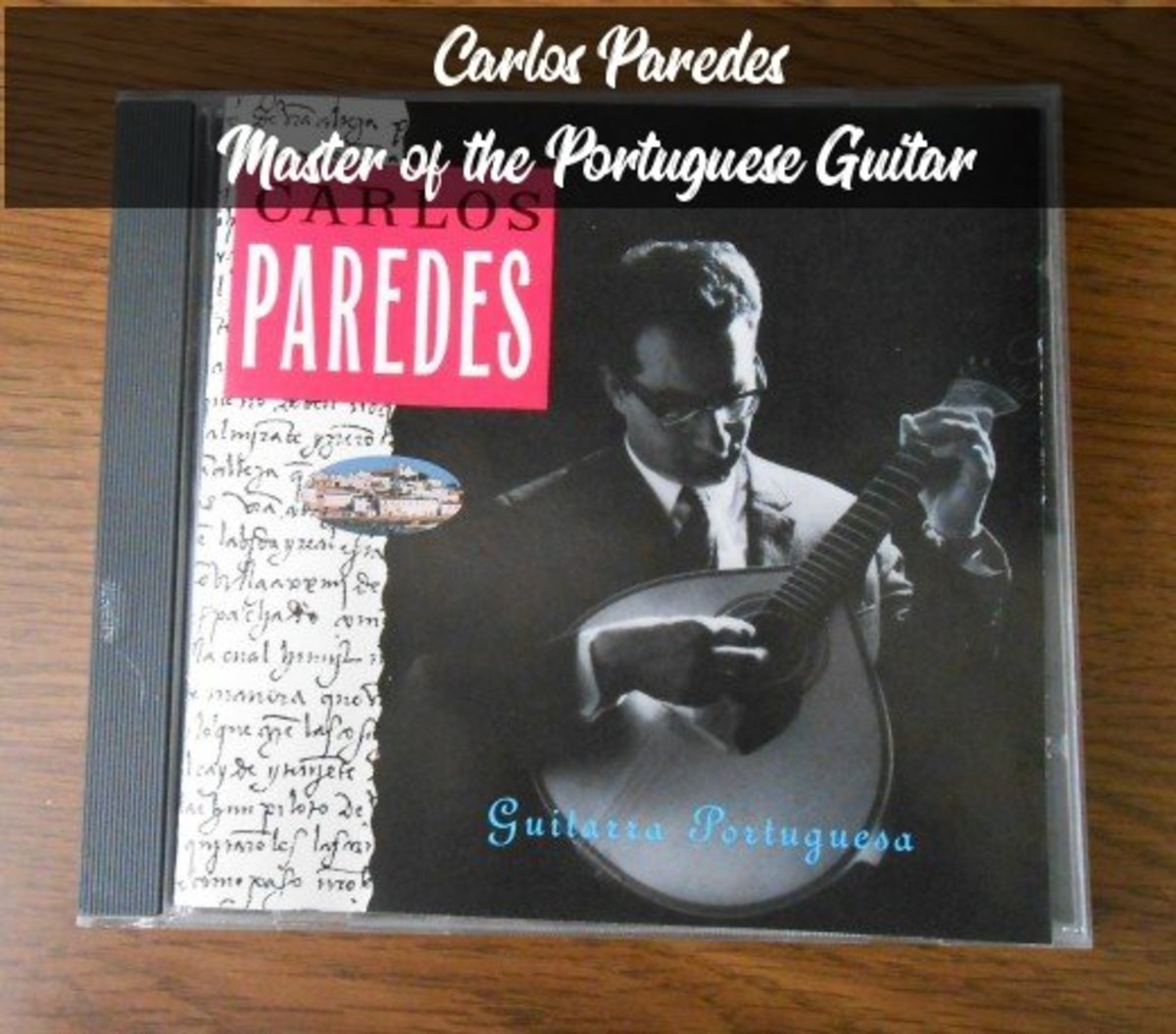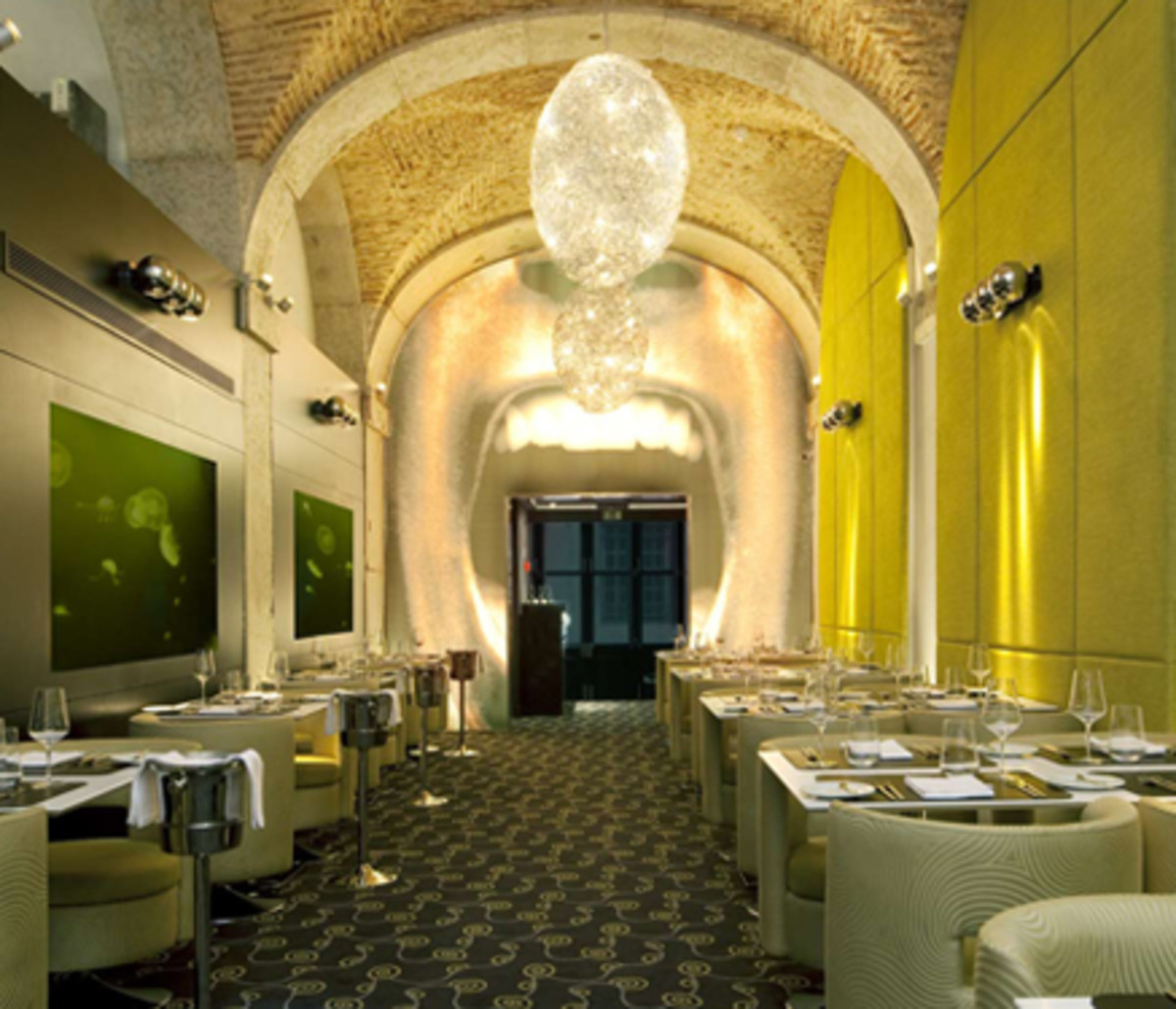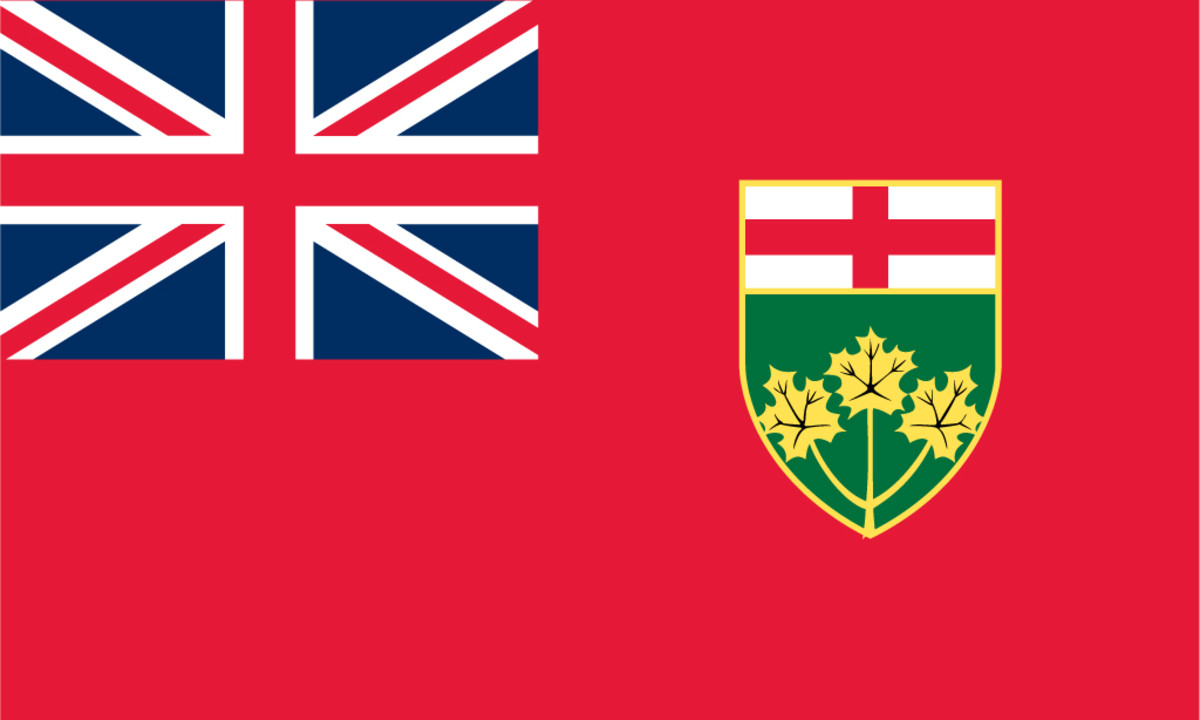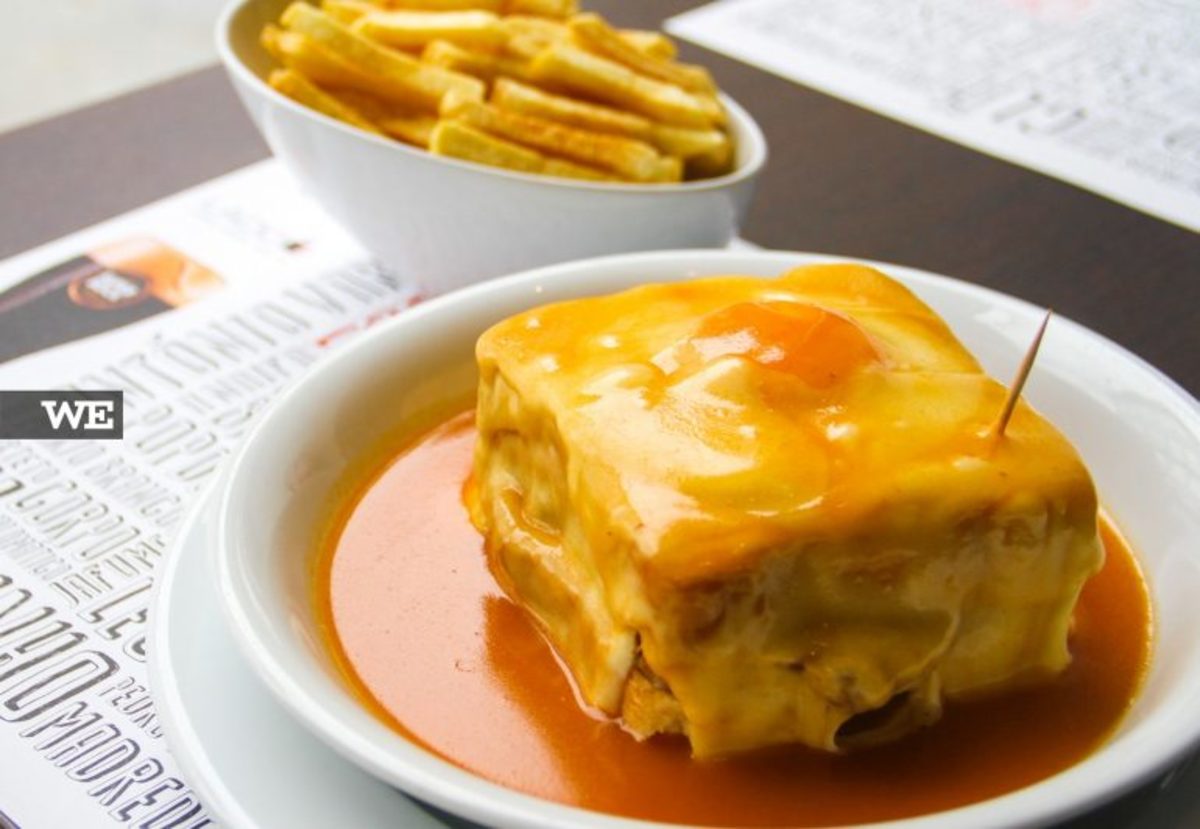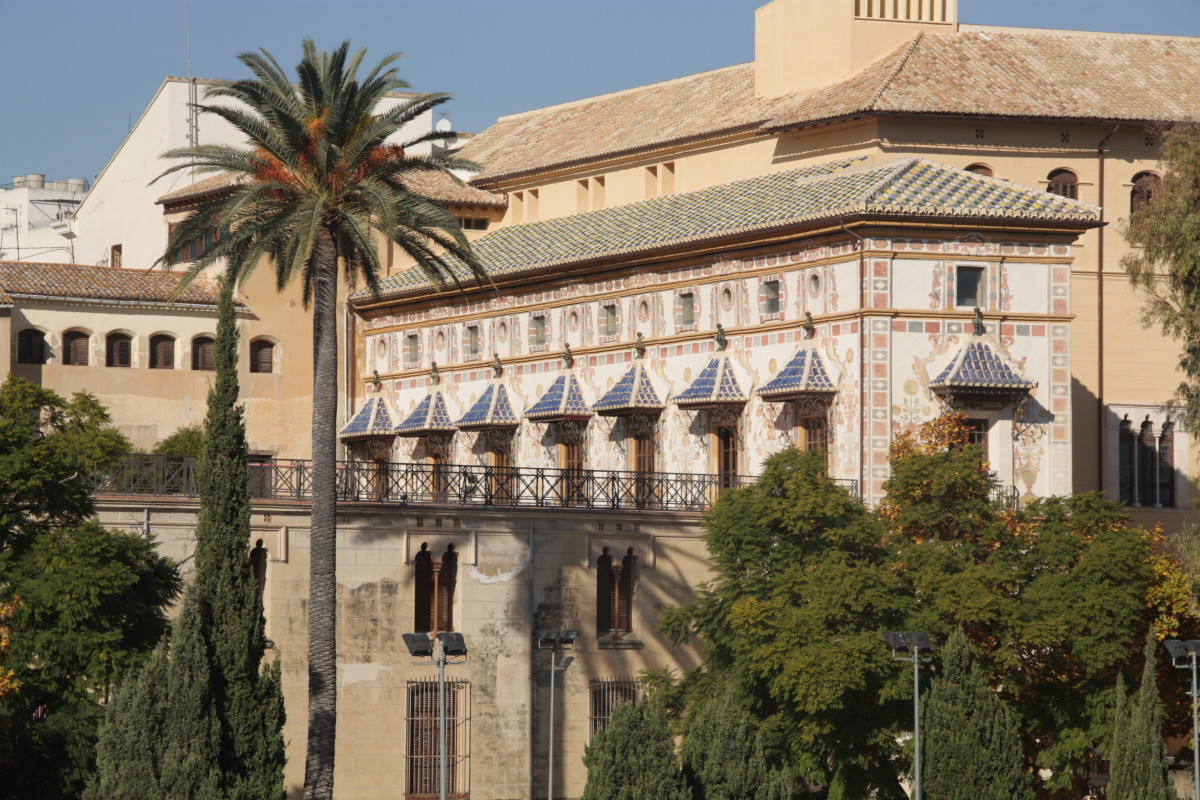Visiting Coimbra - Part 1
Breathing tradition - The University and the Students
I’ve been thinking of writing about Coimbra for a while now, but it seems that I can't just name and talk about the places to visit, because there is so much more than just places in Coimbra… This one is special for me. It comes straight from my heart. It is about a city. It is about visiting a city. What is so special about this city? I would say everything… For me it is not just a city, it is a life… a life of experiences and happiness and sorrow and longing and so many other things. So, let me tell you about it...
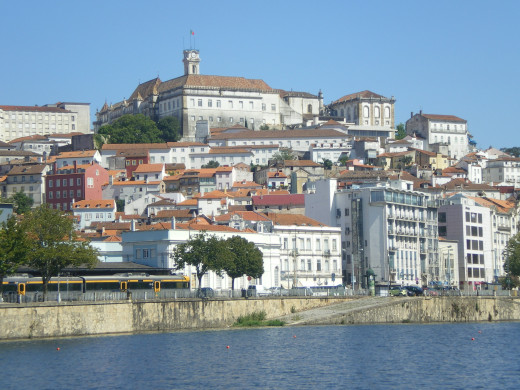
The city located in central Portugal. Bathed by the Mondego river, enjoys a wonderful view over the river and its plains, since it’s located on a hill. It is mostly known for its University, which is one of the oldest in the world, starting back in the 13th Century. Because of the University lots of people call it the City of the Students, this actually makes up for a lot of features of the city, it also makes up for the magic and the longing and the nightlife and the tradition we can experience while there, because it is something like you never felt before… But even before the University, Coimbra has been a place of power… During the roman period, it was called Aeminium and until our days there are traces of the Romans throughout the city and around it. Then there were invasions, first by the Germanic peoples, the Visigoths, then the Moors. Eventually the Christians conquered Coimbra and turned it into the capital of a new county, which was part of Portugal. Portugal’s first king, D. Afonso Henriques, actually turned it into the capital of his new kingdom, so for a brief period, until 1255, Coimbra was the capital city of Portugal. During that time a lot of important monuments were built, such as the Old Cathedral. But monuments and history, education and culture did not end there, quite the opposite, throughout the centuries the city flourished. The University founded in 1290 by King D. Dinis became a central piece in the development of the city and it is until this day one of the main reasons for the magic, the reverence and the tradition we feel when walking the streets of this city.
FEELING THE CITY
Coimbra, for me, is a feeling. It is difficult to explain, since you really need to live it to fully understand what I mean. I studied there, I am or was one of the Students of this city, I am also part of the tradition, so I am a bit biased. But this is a place I really love, so it is a pleasure to share it with all of you.
When we speak about Coimbra we can’t just mention the places you really must see, you need to feel it and you need to understand its traditions and the traditions are mainly associated with the Students and the University. So, this article will be about the University and mainly the Students and not about the places you should visit… First let’s explore what you can’t really touch… Then, another time, I’ll tell you about the places you can visit…
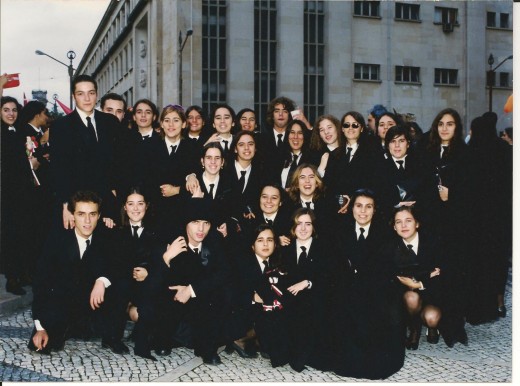
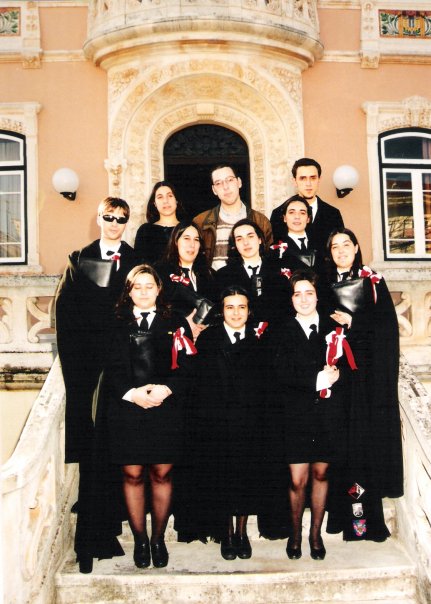
Studying in Coimbra
People from all over the country come to study here, for centuries it has been so. Because of this you can actually trace different generations of the same family following the same steps in the streets of the city. From small children we hear our parents tell the stories of their students’ days and we can’t but help dreaming when our day will come to be a part of it, to be a part of that tradition.
So, to be a student in Coimbra… It is the knowledge, not just from the books, but from life, there is where we first learn what it’s like to live alone, it is where we learn about true friendship. It is where the world opens up to us, with a multitude of chances, just waiting to be taken. It is where we learn the value of tradition. For many of us, it is where we find the love of our life. Coimbra is music, is taste, is hot summer days and laughter. What more can I say about the place I love?
Some call the students the Black Cloaks (Capas Negras, as we say in Portuguese), because the students wear black cloaks. Basically it has to do with the academic dress from Coimbra’s University. While most students in most Universities wear their academic dress on special days, students here wear the academic dress not only for festivities, but also on regular days, so it is ordinary to see students walk around the city with their academic dress. But what is really amazing, what until this day still brings tears to my eyes is the vision of thousands of Black Cloaks together at night at one of the annual festivals.
Obviously parties are a part of being a student, so twice a year there are two major festivals (and many other parties in between), the first one is called the Tin Can Parade (Latada) and initially (back in the 19th century) it marked the end of the school year, so the students would come out with tins, cans and the likes making a lot of noise to express their happiness. But right now this is a bit different, we kept the tins and the cans, but it is done at the beginning of the school year and is used as a baptism to the new students, that march through the streets of the city using the tins and cans to make noise until they reach the Mondego river, where they are baptized, thus becoming a part of academic fraternity that is Coimbra.
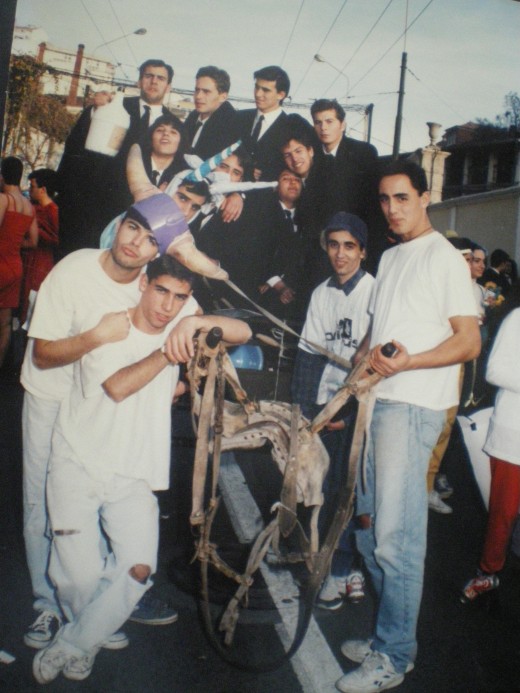
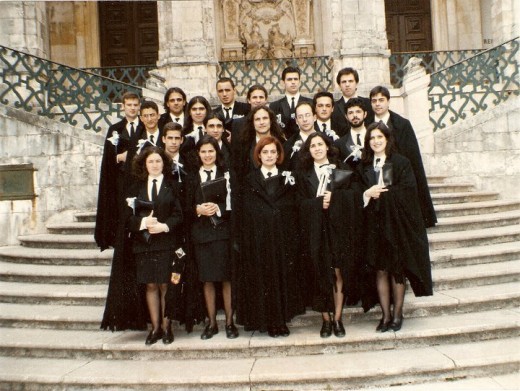
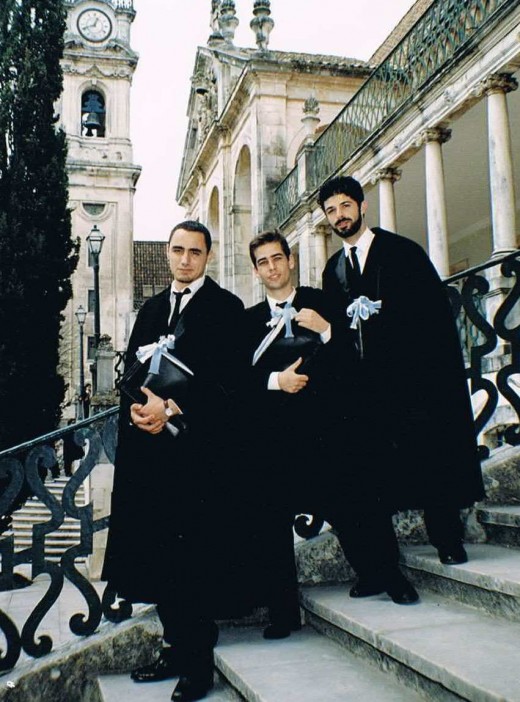
Tradition and music
But all this tradition, all these rules, codes and the likes mean much more, stand for much more... It is here that a lot of brilliant minds come together to be the start of new things, to be the start of new ideas, to be the start of revolution... I'm not just talking about political revolutions, although many saw their beginning in this town, but also revolution in sciences, in writing, in music... The city nurtures new thinking, new possibilities...
And music is one of those things you cannot get enough of here... The music is part of being a student... And if you think about Coimbra and music you can't but help think about Fado...
The second major festival is called “The burning of the ribbons” (Queima das Fitas, as we call it in Portuguese) and it takes place almost at the end of the school year, it lasts for eight days, each day stands for one of Coimbra’s Faculties and it is one of the biggest festivals in Europe, in fact more beer is drank during this festival, than during one week of the Oktoberfest in Germany. But “the burning of the ribbons” is much more than beer, it is music – each night there are concerts – it is people getting together, it is tradition, it marks the passing of time for students, the steps they climb up the “Praxe” ladder.
But what is “Praxe”? This word describes the whole of the students traditions in Portugal. If you would like, it can be seen a bit as hazing, but it has cultural roots and rules so defined that it is almost the law and well, for students, it actually is.
Although the “Praxe” is seen in every University in Portugal, it is actually something much deeper in Coimbra, where it actually started. It started as something much tougher than it is nowadays, but the rules didn’t change throughout the years, they are still the same. The code is the same – Dura praxis, sed praxis (tough tradition, but tradition) and every student knows the”law”.
This sets a hierarchy among students, the more years as students the higher on the ranking a student is and the more he is allowed to do. For instance, on our first year we are freshmen or women, so we cannot use the academic dress and we can’t go out after midnight… that is we cannot get caught out after midnight.
Groups of students that like to enforce the tradition form what we call “Trupes”, groups of cloaked men and women, - separate, there are no mixed groups and men haze other men, while women haze other women - that roam around the city looking for other students that are going against tradition, to set them straight.
This usually means a small punishment, but it can mean an altogether new haircut for the offender... Though it's nothing serious, no one likes to have their hair cut "Trupe Style", which for the boys means, probably, the following day, having to shave their head and for the girls having your hair shorter than you would like. So, it's not an usual sight to see a student being chased by 20 or 30 black cloaks in the middle of the night... It's basically, run for your hair...
Other students know that a “Trupe” is out and about because a white handkerchief is tied in the old gate at the Law Faculty.
But then there are several rules to abide by and several twists: the freshmen or women can’t go out after midnight, but if they are caught out and manage to reach a house porch – it does not have to be their own – the “Trupe” can’t haze them. These sort of twists in the rules actually give way to great stories of freshmen and women that were able to fool the “Trupes”.
So, when “The burning of the ribbons” comes it is time to forget the “Praxe” and it is time for the freshmen and women to climb one step of the ladder and finally be allowed to wear the academic dress.
The same way, all the other students, each year, climb one step of the ladder and rise in the student hierarchy.
It is not something that is taken lightly, although some students are against the “Praxe”, most actually enjoy it and some take it as something extremely serious. The "Praxe" is not about demeaning other students, it's about living by a code as a community and it's more fun than anything else.
Fado
Fado is a typical portuguese music genre, that was inscribed just the past year in UNESCO Intangible Cultural Heritage Lists .
Fado means fate and this kind of music is often very melancholic and sad, often associated to the portuguese word saudade - that means longing - but which is a word said to have no real possible translation to other languages, because it encompasses all the loss and the sorrow of a people that looked at the Ocean looking for their own, the ones that more than often, left never to return again, killed in foreign land or drowned at sea, always and forever lost... This is something cultural to do with the fact that ours was a country of sailors, for centuries a country of sailors, discoverers, who left to discover the world.
Usually, Fado is sang by just one singer accompanied by classical guitar players.
Although Fado is Portuguese and it part of all of Portugal, there is a distinction in Portuguese Fado, there is the Fado from Lisbon and the Fado from Coimbra. The last is exclusively sang by men and it is connected to the University, the students and Coimbra's traditions.
So, Fado is everywhere. The festivals for the students, the bars and the streets... It is heartfelt and it stays with each student long after we leave the city and even if we don't care much about Fado, this Fado is forever in our hearts.
The first night of the Burning of the Ribbons festival all the students and other people, some that live here, others that visit the city just for this event, come together at the square near the Old Cathedral to listen to the Serenade and there the portuguese guitars cry and the grief and longing in the voices of the singers seems to engulf us, like the night above, taking us higher and making us feel part of something so sublime that we never again will be able to forget that feeling. The Serenade is the beginning of the festival and it such a beautiful moment, so filled with feelings of longing and belonging that is hard to explain...
The Tuna from the Faculty of Medicine from the University of Coimbra
Estudantina
But music in Coimbra is also fun and not just sad... There are a lot of groups of music around, not just bands, but also and foremost University Tunas, which are actually groups of students that come together to play and sing. There are Tunas in almost every University in Portugal, but this Hub is about Coimbra, so let's just focus on that.
In the old days, back in the 18th and 19th century, the students with less money joined Tunas to be able to earn some money to pay for their studies and other expenses, but as the years went by, given the quality of the performers, Tunas became a trend and people started joining merely because they loved music. So, a lot of Faculties have their own University Tuna. There are also other general groups of musician - not really Tunas, but close, extremely popular and that allow any student, regardless of what Faculty he comes from - such as the Estudantina from Coimbra's University.
Not only the Tunas put on quite a show performing in various places here, but also throughout the country, as well as the television and, of course, we cannot forget that they are responsible for a lot of marriage proposals in the city.
You see, a lot of time men decide to serenade their loved one, it is still usual nowadays, but some decide not only to serenade their loved one, but to propose like this... It's not necessary to have a whole Tuna backing you up, serenades and proposals have been done with just five or ten men, but it sure is something if you get a whole Tuna to come and that will certainly get you to Yes.
Wrapping it up so far...
So, what have we learned so far? That Coimbra is not just a city, it's a state of mind, therefore if you really want to know it you have to look closely not just at the monuments and at the landscape, but at the people... You have to enjoy the music... Why not have dinner at one of the typical Fado restaurants? Or just visit a Fado house after dinner? Why not schedule your trip for the days of one of the Festivals? Say, for the burning of the ribbons festival? Why not feel the heat of the city, day and night, during the festivals, the music, the parties, the move...
And then there are all the places you can visit, unparalleled places, taken out directly from the pages of history, the university itself, the university's library, the roman ruins, the old cathedral... But that, that I will tell you about another time...
Stay tuned for Part 2...
Feedback
Don’t forget to leave me your comment and vote on the hub.
For more information check out my profile and stop by my other hubs.
And if you enjoyed, may be you can also join us here at Hubpages, it’s fun and free and you can click here.
© Copyright May 16 2012 / Algarveview.hubpages.com. To use part or the whole article you must first get written permission from the author. Feel free, nonetheless, to use an intro of the hub with a link to the article here on hubpages for the rest of the article.
© 2012 Joana e Bruno


